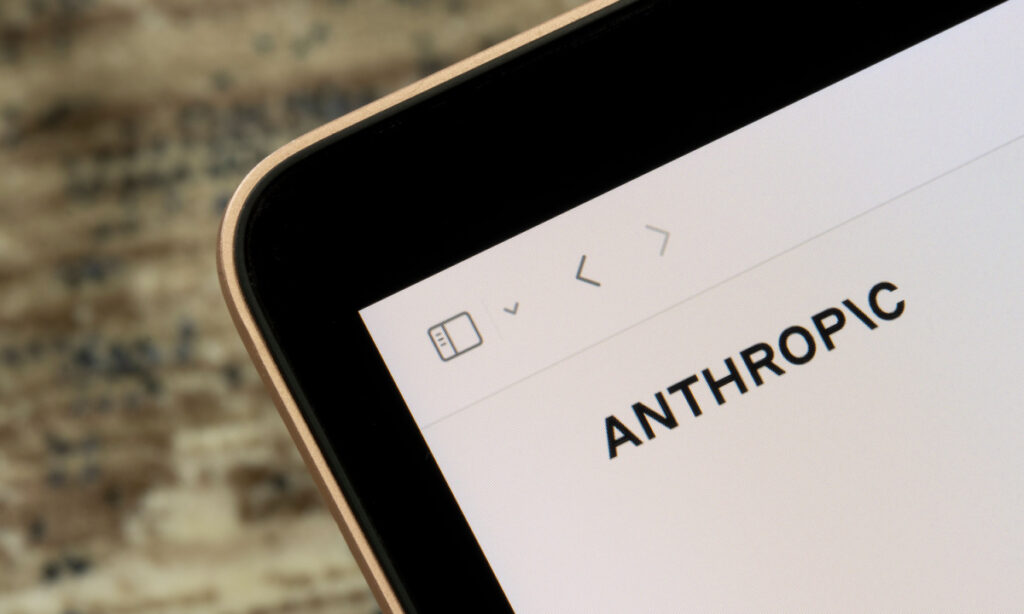Silicon Valley's new craze? Putting artificial intelligence (AI) to work. As tech leaders pivot from spectacular demos to low-level impact, the focus is on seamlessly blending human expertise with AI capabilities. This evolution could redefine productivity, challenging the notion that only large models hold the key to AI's potential.
Enter Anthropic's Artifacts, a feature that combines with the company's Claude chatbot to create a collaborative space where users and AI collaborate in real time. If widely adopted, such AI collaboration tools can significantly transform workflows and value creation processes across sectors.
Collaboration is key.
Anthropic's Artifacts feature allows Claude to share standalone content in a dedicated window separate from the main conversation. The new interface makes it easier for users to work with pieces of content that they want to edit, build or reference later. Claude creates prototypes for complex, self-contained content that users are likely to modify, iterate or reuse outside of conversation, such as documents, code snippets, websites and diagrams.
While it may seem like a minor addition at first glance, artifacts represent a potential shift in the AI landscape. As language models become increasingly sophisticated, the challenge has evolved from raw potential to practical application. Anthropic's approach with artifacts suggests strategies to make AI more accessible and integrated into existing workflows.
This move separates Anthropic from competitors like OpenAI and Google, which have focused primarily on expanding the raw capabilities of their models. Instead, Anthropic addresses a more fundamental question: How can AI transition from a chatbot to a collaborative partner in various work processes? No other chatbot currently offers a tool like Artifacts.
The potential implications of this approach span a number of industries. Patterns can enable more seamless collaboration between human programmers and AI in software development. Rather than simply generating code snippets, an AI assistant using this interface can actively participate in the development process – offering real-time suggestions for optimization or helping to refactor code.
For content creation, artifacts can transform AI from a writing aid to a more comprehensive companion. The system can create drafts, offer revisions and even support version control, all within a unified interface designed to feel natural to human creators.
The implications for the enterprise software market could be significant. If Anthropic successfully expands and refines the concept of artifacts, it could challenge established players in project management and productivity tools.
The first iteration of the prototype is meeting with some mixed reviews. Reddit user doublebogey2 wrote, “I believe the prototype concept is a solid differentiator from competitors. That said, their current state should be greatly improved until it is usable for objective work. Go. It often feels that the model will force the pattern in its response, in contexts outside of coding, data visualization, etc. The appearance of anthropic is more should be tailored to the situation and user intent. Perhaps the current way of forcing their existence is a move by Anthropic to reveal the new feature, but for now they are more of a hindrance than a tool.
Focus on user experience.
Anthropic's launch of Artifacts highlights a clear divide in AI development: raw power versus practical application. At the same time, tech companies chase ever-larger models and anthropic bets on user-friendly AI that integrates seamlessly into existing workflows. This pivot toward accessibility could give Anthropic an edge as businesses struggle to adopt AI solutions that are easy to operate.
The financial implications of this shift in AI development focus are substantial. While businesses across all sectors are looking to integrate AI into their operations, tools that can effectively bridge the gap between artificial intelligence and human workflows are poised to capture a significant portion of the fast-growing market. are standing for
As this new chapter in AI development unfolds, the industry landscape could be reshaped. Success may depend on building increasingly powerful AI and designing interfaces and workflows that make that intelligence truly accessible and useful in everyday tasks.
While it's too early to predict the ultimate impact of the artifacts, it's clear that Anthropic has made a calculated move that could become an important battleground in AI development. As businesses and individuals grapple with integrating AI into their work processes, intuitive, collaborative interfaces can be a key differentiator in the industry's evolution.
